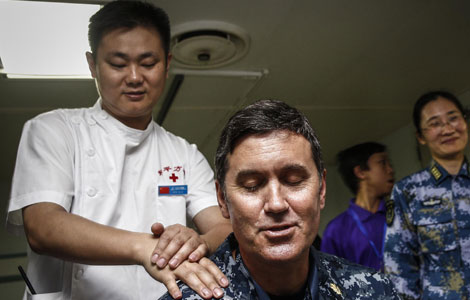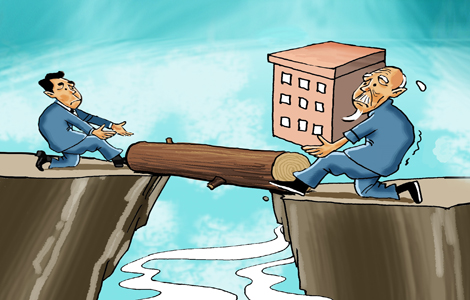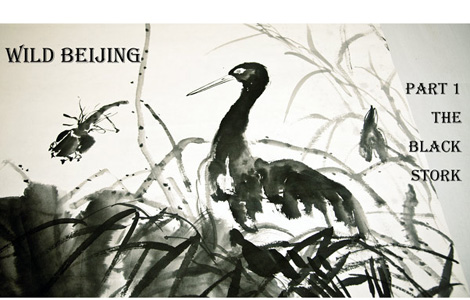Steel pipes symbol of China-EU trade war
Updated: 2013-06-14 07:40
By Du Juan (China Daily)
|
|||||||||||
In September 2011, the Ministry of Commerce announced it would start an anti-dumping probe into imported seamless stainless steel pipes from the EU and Japan. In November 2012, the ministry decided to impose tariffs of 9.2 to 14.4 percent on those products for five years.
Reports said the EU's latest complaint focuses on overturning duties on exports of seamless stainless steel pipes to China.
Han said this case will not have much influence on China's domestic seamless stainless steel pipe market or the country's exports of such products.
The EU is not a major market for China's seamless steel pipes, while China is a relatively big market for the EU's exports of these products, which means the EU doesn't have an advantage in the case, said Zhang Lin, senior researcher at the Lange Steel Information Research Center.
On the one hand, China exported 459,300 metric tons of seamless steel pipes in April, but only 9,500 tons went to the EU, accounting for 2 percent of the total, according to Chinese customs figures. On the other, China imported 17,500 tons of seamless steel pipes in April, and up to 46.9 percent came from the EU, the figures show.
"If the trade war continues in the steel industry, it will largely fail to affect the Chinese market, but it will indeed hurt the EU's seamless steel exports," she said.
The overcapacity problem is a global issue, especially for China and the EU, home to the world's two largest steel industries.
According to the European Commission, China accounts for 200 million tons of excess production capacity among 542 million tons of overcapacity globally while the EU takes up 80 million tons.
Both parties have been suffering from overcapacity and weak demand in recent years.
To help the EU's steel industry, the commission has taken steps including a cumulative cost assessment of its regulatory burden on the steel industry.
It has also allowed the allocation of EU funds to help retrain employees and mitigate the social costs of potential redundancies from industry-wide restructuring, reviewed trade agreements with the aim of supporting EU steel exports, fought unfair practices and ensured access to raw materials.
dujuan@chinadaily.com.cn
Related Stories
EU files WTO dispute on steel measures 2013-06-14 06:09
EU's trade policy 'contradicts climate policy' 2013-06-13 13:34
China's EU wine probe sparks worries 2013-06-13 03:05
EU wine producers surprised by Chinese investigation 2013-06-07 10:52
EU firms to step up investment in China 2013-06-07 09:16
Today's Top News
4 caught over killings of Chinese in PNG
Rudd sworn in as Australian prime minister
China slams Japan's new defense white paper
IBM to make Chinese job cuts
Building equipment sector shifts overseas
Stocks hold steady, but brokers still cautious
China can curb credit crunch: ADB official
Mandela still critical, Zuma cancels trip
Hot Topics
Lunar probe , China growth forecasts, Emission rules get tougher, China seen through 'colored lens', International board,
Editor's Picks

|

|

|

|

|

|





